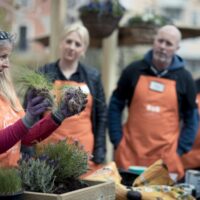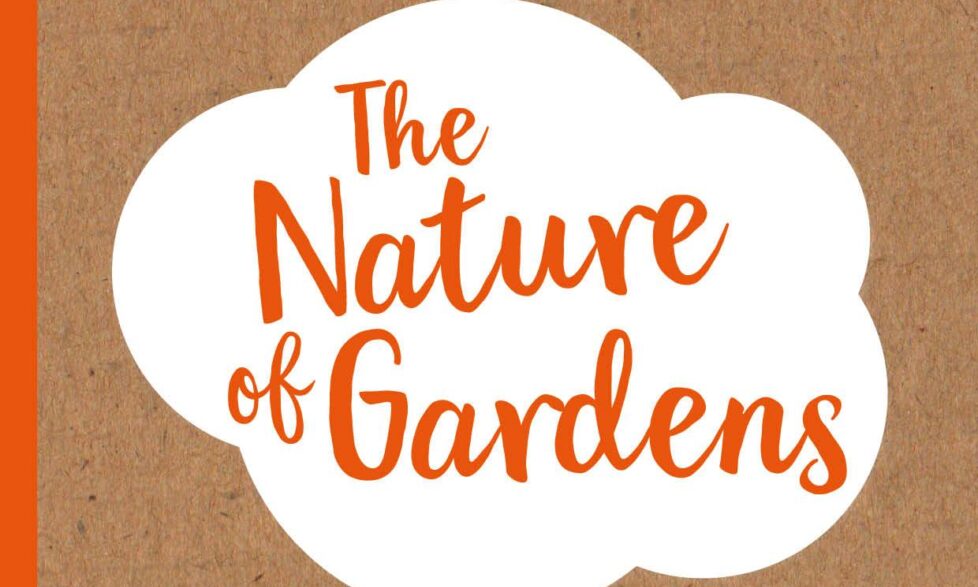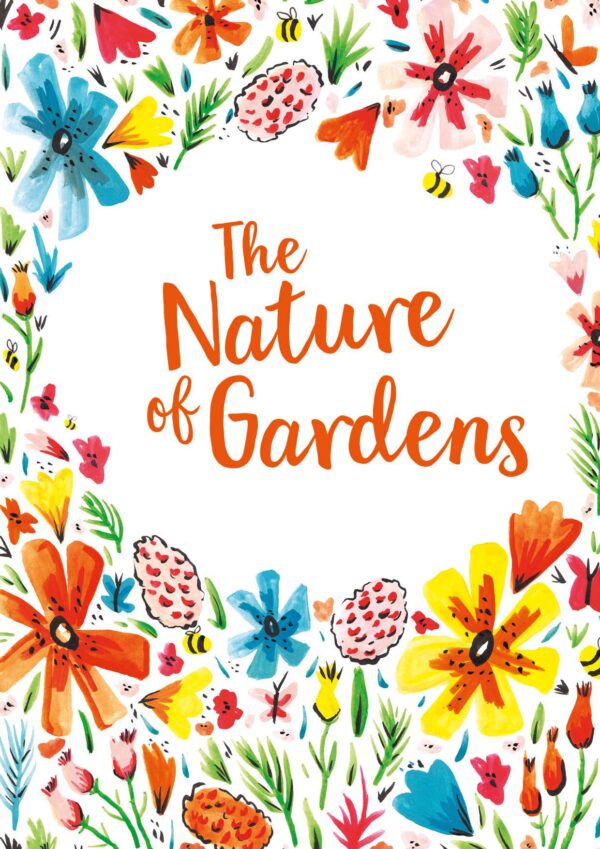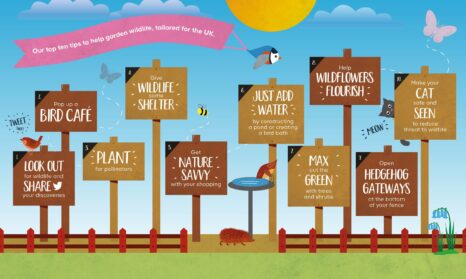Gardens are good for wildlife and that’s great for us – new Bioregional and B&Q report
These are the key findings of a report by Bioregional commissioned by B&Q, our long-term partner and the UK’s leading garden centre chain. The report, launched this week in London, is based on an in-depth evidence review which looked at nearly 100 peer-reviewed scientific papers.
Alarmingly, UK wildlife continues to decline even though we have known for 50 years that humans are the main cause of this. But the report shows that our gardens, and even our balconies and front doorsteps, are places where we can fight back for nature. It’s not expensive or time-consuming and it won’t stop us enjoying or using our gardens. Bringing more nature into our backyards will do us good.
The report, The Nature of Gardens, has been reviewed and supported by four leading gardening and nature conservation organisations – The RSPB, the Royal Horticultural Society, The Wildlife Trusts and Butterfly Conservation.
It is published at a time when there are growing concerns about people – especially children – becoming increasingly cut off from nature, potentially making them less likely to want to conserve it. The Nature of Gardens finds that these fears are justified and argues that we should use our gardens to help reverse this trend. If we get closer to nature, we’ll become better wildlife guardians and also fitter, healthier, and happier.
Bioregional chief executive Sue Riddlestone said: “Our gardens have amazing powers to do good for nature and good for us. There is a wealth of evidence for this out there and now we’ve brought it together to make a really strong case. By looking after wildlife and nature in our gardens, we’re helping to look after ourselves and our planet. The good news is that millions of us are already doing something and millions more could easily join in.”
B&Q’s Sustainability Manager Rachel Bradley said: “We’ve been encouraging people to take steps to bring wildlife into their gardens for many years because we know people love it. Our new report shows that ordinary gardens can make a bigger contribution to supporting our precious wild plants and animals than we ever suspected. And connecting with nature through our gardens is great for our health and wellbeing.
“But we also unearthed the perceived barriers people describe that prevent them from doing more. Now we want to help more people understand that it doesn’t need to take much time, money, space or know-how – to make more of our gardens and outdoor spaces even better, for nature and ourselves.”
The Nature of Gardens - how your garden can help the UK's wildlife
Commissioned by DIY chain B&Q, Bioregional researched and wrote a major report on the important role household gardens play in helping to conserve our threatened and diminishing wildlife in the UK
Download PDFAmong the declining species which our gardens are helping to support are the hedgehog, house sparrow, song thrush, starling, common toad and Britain’s biggest insect, the stag beetle.
Yet their ability to support wildlife is under threat. New homes have much smaller gardens, and studies have found that our gardens are increasingly covered in hard surfaces like concrete and paving slabs.
The Nature of Gardens includes findings from research commissioned by B&Q into people’s feelings and attitudes to nature in their gardens. And it’s packed with striking statistics and facts including:
- Our gardens occupy around a quarter of the space in our towns and cities, and together cover an area about the same size as Norfolk – roughly 500,000 hectares
- At least a third of the UK populations of house sparrows, starlings, blackbirds and greenfinches live alongside us in towns, cities and villages
- There are six times more ponds in our gardens than the number remaining in the lowland countryside
- 29 million trees grow in our gardens, nearly a quarter of all the trees found outside UK woodlands. More than 1,000 different species of plants and animals can live in an ordinary garden
- 74% of 5-12 year olds play outside for less than one hour a day.
The consumer research found that large majorities of people are worried about the decline in UK wildlife and want more nature in their gardens. People said that the main barriers to doing more to attract and support wildlife in gardens are a lack of time, a lack of money, a lack of knowledge and a lack of space.
B&Q has distilled the report’s finding into ten top tips which can help everyone to attract wildlife and benefit from it – with an emphasis on those of us who are novice gardeners and wildlife-watchers, who have small gardens or no garden at all. There is also a handy summary of the report.
- Look out for wildlife and share your discoveries
Becoming a citizen scientist by taking part in wildlife surveys is a great free way to become more aware of what’s already out there. The more you talk about what you are doing and what you have seen and encourage others to join in, the more fun it becomes. - Pop up a bird café
Offering food and water is the fastest and easiest way to attract new visitors to your space. - Plant for pollinators
Nothing says summer like the sound of bees buzzing and the sight of butterflies. Fragrant flowers in a pot or a bed are an irresistible attraction. - Give wildlife some shelter
A log pile is great for butterflies, bug houses provide homes for mini beasts, a leaf pile for hedgehogs, or install a bird or bat box – for best results make sure you are careful with positioning. - Get nature savvy with your shopping
Use fewer garden chemicals.
Look out for pollinator-attracting plants.
Insist on forest friendly wood and peat free compost to help nature near and far. - Just add water
A pond can be any size, even a buried bowl can provide a home for various mini-beasts and insects like damsel flies.
Constructing a pond using a pre-formed shape or flexible liner will give much greater variety. Create shallows so that plant life can flourish and allow wildlife to enter and leave. If you have small children, wait until they are older before creating a pond.
A bird bath provides water for birds to bathe and drink. - Max out the green
Nurture what trees and shrubs you have and bring more in whenever possible. Nature needs habitats at all levels, so trees are fabulous but climbers are super space-efficient. - Help wildflowers flourish
Plant a mini-meadow in a pot, wildflowers in your borders or just spare a patch of lawn to let the grass and flowers grow long. - Open hedgehog gateways at the bottom of your fence
One of our most loved species, hedgehogs love to roam but fencing can be a barrier. Creating a gateway either in or below your fence will make life easier for them. - Make your cat safe and seen
The UK is home to 7.5 million cats. Cats can be a threat to wildlife, but a bright collar and a bell can reduce risk, as can keeping them indoors from one hour before sunset until one hour after sunrise.







